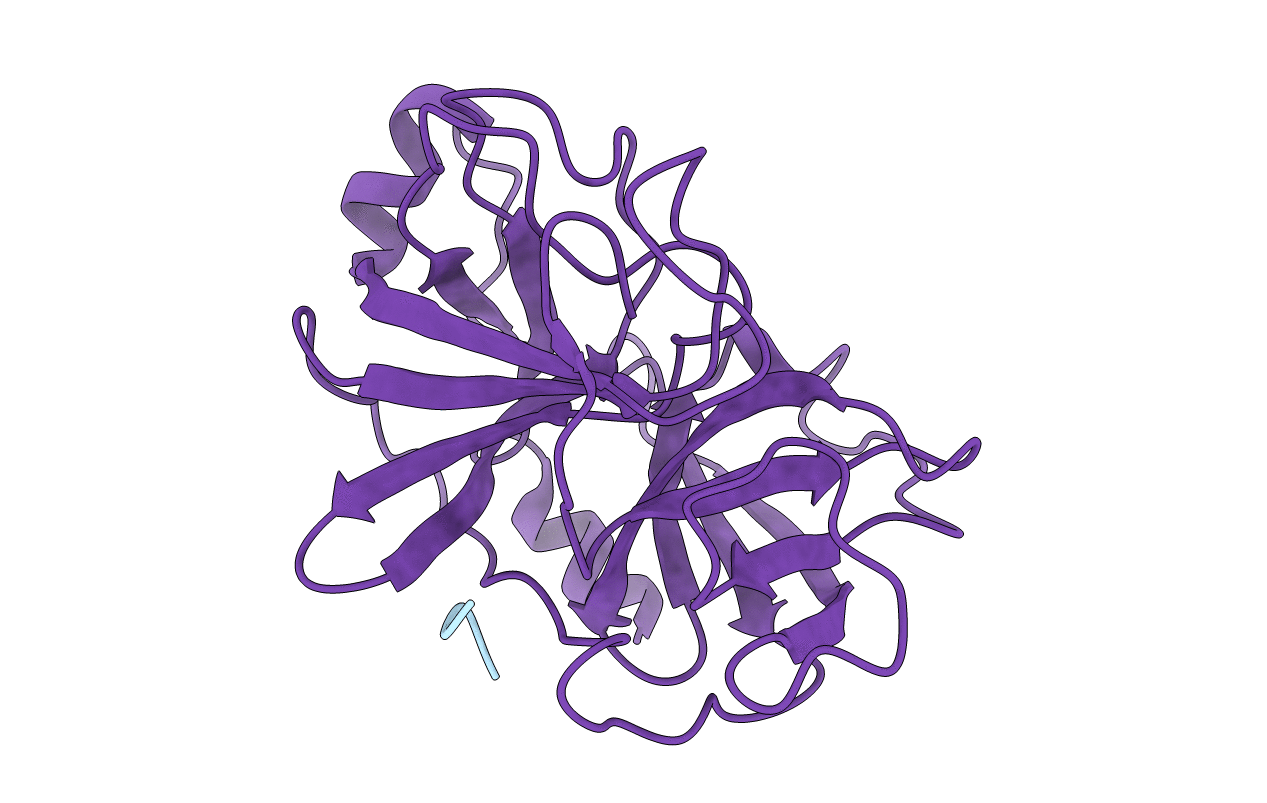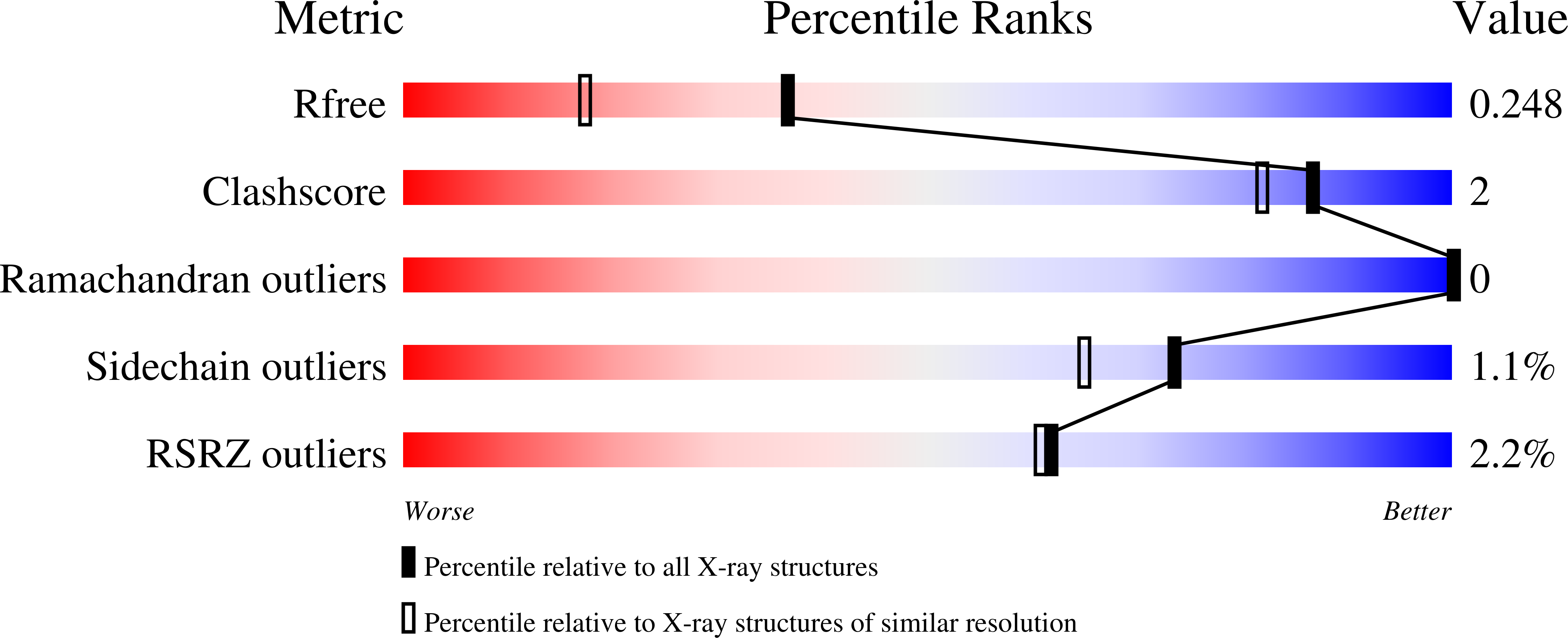
Deposition Date
2005-08-24
Release Date
2005-11-10
Last Version Date
2024-11-06
Method Details:
Experimental Method:
Resolution:
1.85 Å
R-Value Free:
0.23
R-Value Work:
0.19
R-Value Observed:
0.19
Space Group:
P 21 21 21


